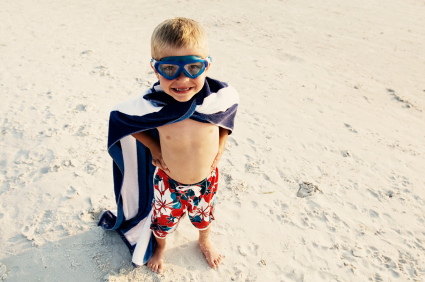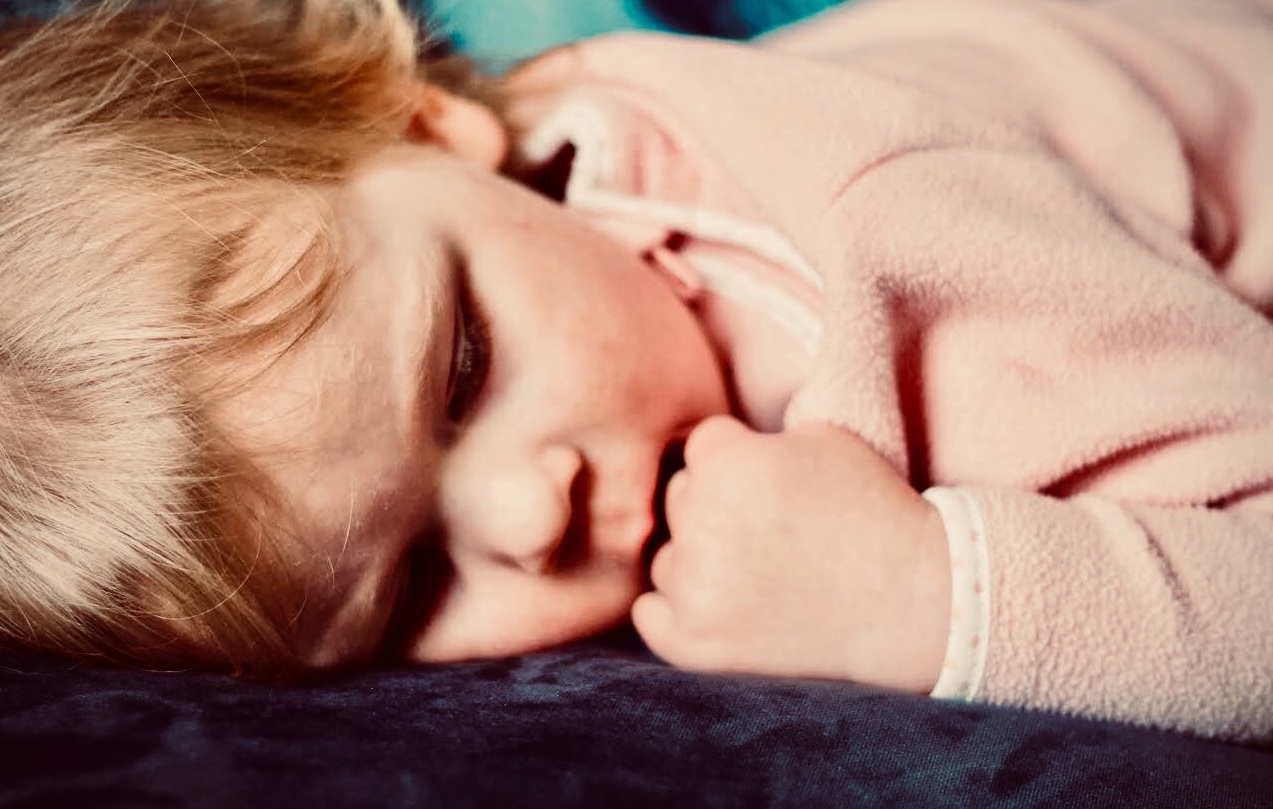No one said holding a full-time job and raising a family was easy, but having both shouldn’t cause you to lose your sanity either. There are those days you feel like you have no control over anything. Trust me, as a mom of three I’ve been there! The important thing to remember is that your life doesn’t have to consist of nonstop juggling. You can look to the excuse that there’s just not enough time in the day for everything or you can evaluate what needs to change in order to bring balance to your role as a working mom. Here are three tips that can have a big impact on your daily routine.
1. Batch Your Duties. As a mom and a working professional, there’s tremendous pressure to be a master at multitasking. While I applaud the moms out there that can single-handedly feed their family breakfast, finish putting together lunches and craft an eloquently-written email for work all at the same time, let’s face the fact that it’s a talent that not all of us have. I want to put something perspective. When you’re juggling to complete two or more tasks at the same time, are you really able to devote your best attention to each item? Does doing multiple things at once actually save time in the end? If anything, multitasking makes us feel more disorganized and it gets tiring. It’s time we stop beating ourselves up because we can’t do multiple things at the same time with total perfection.
Don’t multitask, prioritize instead. Focus on one thing at a time. If it is emails, then focus on email. If it’s a meeting focus on that. If it’s mom time, focus on that. If you try to do them all at once you will feel overwhelmed. At the end of the day, nobody’s keeping score of how many items you tackled at the same time. What does matter is that you answered all of your emails to the best of your ability before the end of the workday. You brought your A-game to that company-wide conference and owned your role. At dinner, you gave your kids your undivided attention as they talked about their school day. Think of how much better you feel batching this duty instead of setting a bad example half-listening to your children as you answered more emails on your phone and could have finished earlier had you just decided to focus and prioritize.
2. Carpool and find other moms or dads to share duties with. Parental truth time: depending upon how old your children are, you feel might like a Lyft or Uber driver sans pay. Until they’re responsible enough to drive themselves, you’re their nonstop chauffeur to sports, dance, scouts, music lessons, and more. Think about the time you spend driving back and forth. Not to mention, you’re not only paying for these activities themselves but the gas used to drive there. Running the kids from activity to activity drains more of your energy than you might realize and if you have more than one child involved in activities at the same time, it’s stressful figuring out a commuting game plan.
The team mentality preached to our youth doesn’t have to end at adulthood. Get to know the parents of your kids’ friends. There’s nothing stopping you from making new connections. We get so tunnel-visioned with our children’s social lives that we ignore our own. Find out if any of the other families enrolled in their activities live close by. Take the initiative and offer to take turns carpooling. They will be happy to help and will appreciate your kind favor in return.
3. Don’t overcommit and limit what your kids do. We all need our downtime and this includes kiddos too. There’s a good chance that if you are feeling burned out, your kids feel the same way. It’s never too early to start teaching them to pick and choose what they commit to. When your kids want to sign up for multiple sports, lessons, and organizations that capture their interest, remember that they’re not thinking about the time and energy involved. It doesn’t make you a bad parent to limit your child’s social activities. Come up with a game plan. Limit them to one specific activity per school year or for the summer.
As parents, we need to start asking ourselves the motives behind our children’s extracurriculars. Are sports really enriching my daughter’s life or do I have the unrealistic expectation that one day it will lead her to a college scholarship? Is my son taking music lessons because he’s passionate about playing an instrument or is it due to peer pressure and keeping up with appearances? Don’t just limit what they do but make sure their commitment is solid and don’t push one that isn’t there. It puts unnecessary stress on the entire family. Here’s another perspective. Your children are going to grow up one day. They’ll look back and realize that the time you spent together as a family was far more meaningful than any soccer practice or dance recital.
Finding your work/life balance really depends upon what you value. My family is everything to me. When I’m stressed, overworked, and overwhelmed it affects my loved ones and that’s something I don’t want. Know what you value, then take the steps needed to achieve that healthy balance.
















